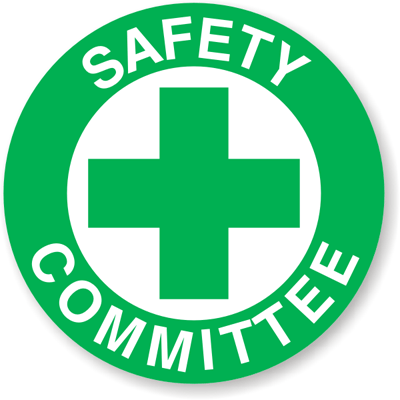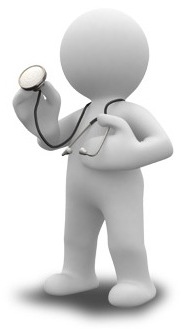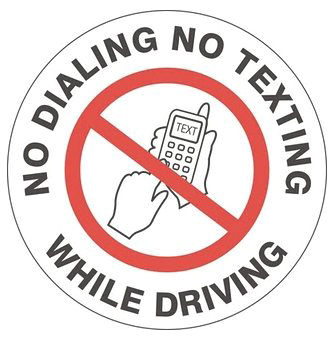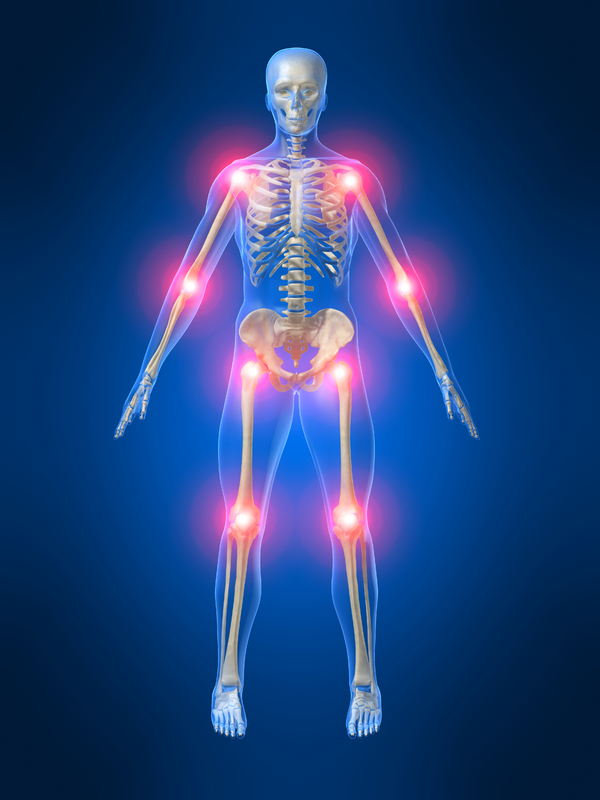 Out of 4,114* worker fatalities in private industry in calendar year 2011, 721 or 17.5% were in construction. The leading causes of worker deaths on construction sites were falls, followed by electrocution, struck by object, and caught-in/between. These “Fatal Four” were responsible for nearly three out of five (57%) construction worker deaths in 2011*, BLS reports. Eliminating the Fatal Four would save 410 workers’ lives in America every year.
Out of 4,114* worker fatalities in private industry in calendar year 2011, 721 or 17.5% were in construction. The leading causes of worker deaths on construction sites were falls, followed by electrocution, struck by object, and caught-in/between. These “Fatal Four” were responsible for nearly three out of five (57%) construction worker deaths in 2011*, BLS reports. Eliminating the Fatal Four would save 410 workers’ lives in America every year.
Falls – 251 out of 721 total deaths in construction in CY 2011 (35%)
Electrocutions – 67 (9%)
Struck by Object – 73 (10%)
Caught-in/between – 19 (3%)








